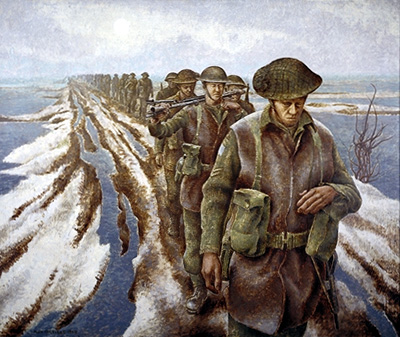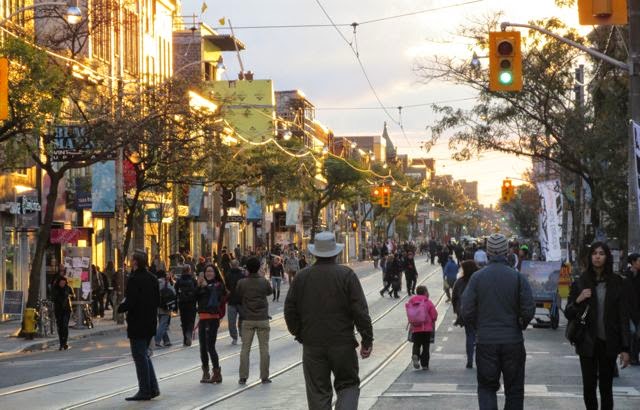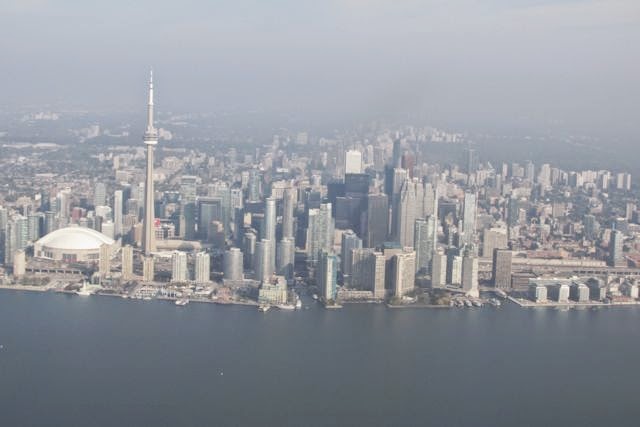Since Wednesday, a sad day for Ottawa, when a sentry was shot dead while on duty at the tomb of the Unknown Soldier beneath the National War Memorial and was then carried away to his own grave in a ceremonial convoy, deaths and memorials have been on everybody's mind. So much information and opinion has been published about this already, and about the other young man who was shot dead––the killer––and about the possible causes and implications of the attack, that I don't intend to add to it just now. Incidents like this stir up our thoughts and feelings, and we each react in our own, characteristic ways. I'm in the silent observer category. I saw crowds of people laying flowers near the Unknown Soldier's tomb today or just coming to stand there. Two sentries stood guard. It didn't feel like a dangerous place to be.
In contrast, this weekend, Chris and I were involved in the creation of a very quiet, low-key memorial to a man called Grant Campbell who used to be a familiar face at the Flying Club until in 2013 he suddenly didn't turn up any more. It turns out that Grant had died of cancer. Few of us had realised this, and neither had Chris nor I known that Grant had been a cartoonist-animator of some repute. On Saturday, Grant's sister and her husband came to the airport to supervise the planting of a sapling in his memory, a "fall fiesta" maple, in about the same spot where he used to sit talking to his good friend Tony after mowing the grass around the parked aeroplanes and the picnic tables. One day, when it's grown, the tree will provide some welcome shade there. At the moment it has no leaves, but a few of us stood around it all the same and some people helped to shovel in the symbolic heap of soil that the professional tree gardeners had left beside it. When the rain came down more heavily we huddled under the gazebo and the Chief Flying Instructor said a few words in memory of Grant and read us the pilots' poem High Flight by John Gillespie Magee, Jr. that's usually read out on such occasions.




































